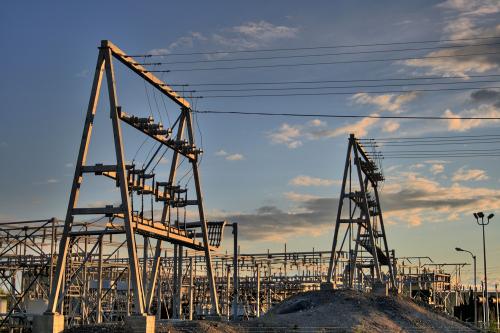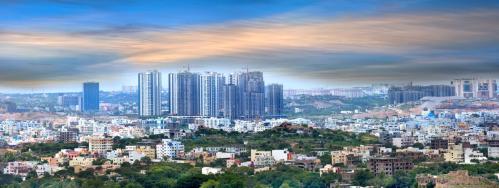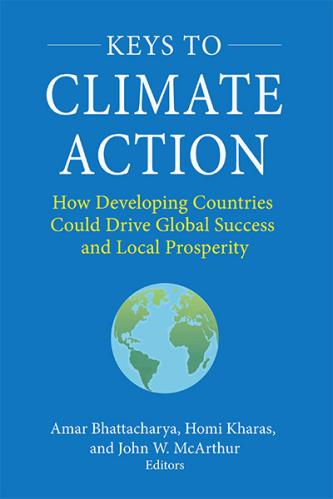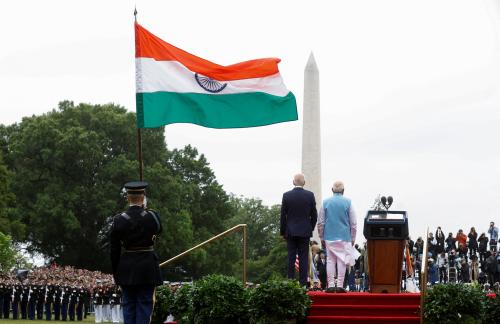Content from the Brookings Institution India Center is now archived. After seven years of an impactful partnership, as of September 11, 2020, Brookings India is now the Centre for Social and Economic Progress, an independent public policy institution based in India.
This article first appeared in the Mint. The views are of the author(s).
The goods and services tax (GST) is finally here, so perhaps now is the time to reflect on how the budget can be updated for a post-GST India. Just as the GST aims to create national uniformity in taxation, rethinking budgets can also push efficiency. A bold step the government can take is doing away with narrow ministerial distinctions when schemes or programmes have intersecting stakeholders and benefits. Instead of top-down, government spending could be rethought bottom-up. In fact, one could even allow ministries to compete for budgetary support if the ultimate service or benefit is similar or the same.
Why departmental or ministerial line-items aren’t good enough
Many activities are linked. Swachh Bharat Abhiyan isn’t just about sanitation or the environment; it has an immediate impact on healthcare, especially via water and sanitation. So the budget for sanitation should factor in this benefit, maybe drawing some funds from the health ministry. Food directly gets a lot of subsidies, but there exist other support mechanisms like fertilizer subsidy. In addition, the bulk of subsidies or losses in the power sector are due to agriculture. If India loses one rupee per kilowatt-hour (kWh) of power on average, a big chunk of the total projected Rs800 billion annual losses is due to agriculture, plus a measurable fraction of state subsidies for agricultural power supply.
One useful tool for thinking on such issues is the service being provided instead of the physical transaction. Consider lighting. It’s ostensibly provided by electricity, but when there is no grid, we end up with the use of kerosene. Lots of it. As per petroleum planning and analysis cell (PPAC) data, the under-recovery of money by oil companies on account of kerosene was over Rs100 billion in 2015-16. The downsides of using so much kerosene range from foreign exchange usage (imported oil) to indoor air pollution, risks of children ingesting kerosene, and even the creation of the diesel mafia for adulteration.
As per rural surveys a few years ago, over 80% of rural homes used kerosene for lighting, either as primary or back-up fuel (though the number is declining). This was a cost of tens of rupees per home, excluding the under-recovery, if not subsidy, on the supply side. Instead, if we were to use the grid to provide the same level of lighting as a kerosene lamp (rather, much better, using modern LEDs), the energy cost would be an order of magnitude cheaper. What this suggests is that we rapidly need to electrify not just every village but every household, and also ensure there is quality of supply, especially in the evenings. Utilities are unable to do this in many parts of India, especially for non-remunerative customers.
Doing some back-of-the-envelope estimation, the petroleum subsidy was given as “only” Rs. 250 billion per year, having fallen owing to low global oil prices. Some of this was for domestic LPG subsidies. We should actually combine subsidies with under-recovery by oil marketing companies to understand the true picture. But even without getting into details, we know there is likely Rs. 100 billion worth of non-consumer money on the table if we end kerosene use for lighting, if not much more. If we assume there are 100 million homes either without electricity or with very poor electricity supply, shifting this amount to the power sector, we get Rs. 1,000 per home per year. This could easily fund a smart meter, which can guarantee lifeline supply, or start with providing gap funding for extending electrification. As the finance minister touted, a number of districts are now kerosene free—we can do the same across India with innovative rethinking of budgets.
Accounting trick or enabling change?
Any activity often has multiple possible users or beneficiaries. Individually, any one of them might not justify the investment, but in aggregate they could. Consider rural broadband (such as BharatNet), it can lead to e-health, e-education, e-agriculture etc. If the benefit leads to improvements in health, education, farmer incomes, etc., is it not appropriate to consider allocating a small fraction of those departments’ budgets for improved rural connectivity? One has to recall that the rural development ministry gets a much higher allocation than many other ministries.
Is this just an accounting game? In many cases, just a little bit of gap funding can mean the difference between two different options, one better than the other but left out today, such as helping us switch from kerosene to electricity for lighting. This is a subset of the broader challenge of how we measure and allocate co-benefits—these will spill across ministries. For example, an electric vehicle isn’t just about lower operating costs, reducing oil imports, or even reducing carbon —a significant co-benefit is lower local air pollution.
Perhaps future budgets can use a service model for allocating funds. If it’s lighting we want, electricity is far superior to kerosene. We could even allow the power sector to lay claim to such money, almost in a competitive model. Current beneficiaries of money might resist, but we cannot let legacy reasons, turf wars, or even mindsets stand in the way of improved services, which is the overall goal of government budgets.










Commentary
Op-edRethinking the budget in a post-GST India
July 3, 2017